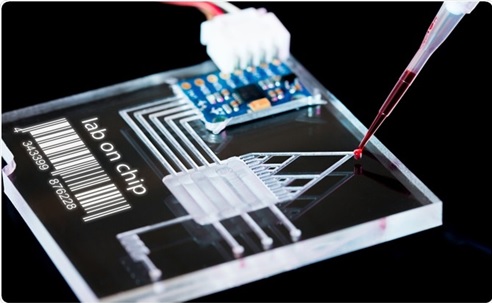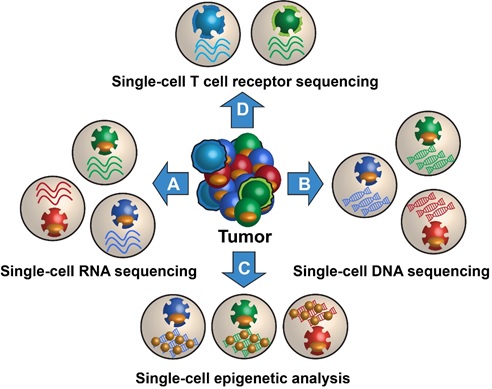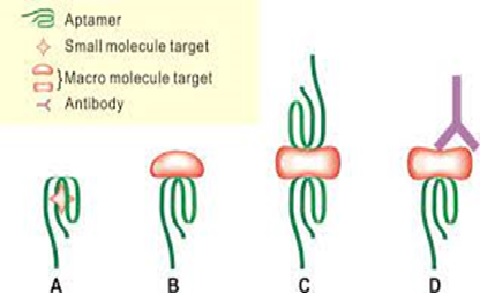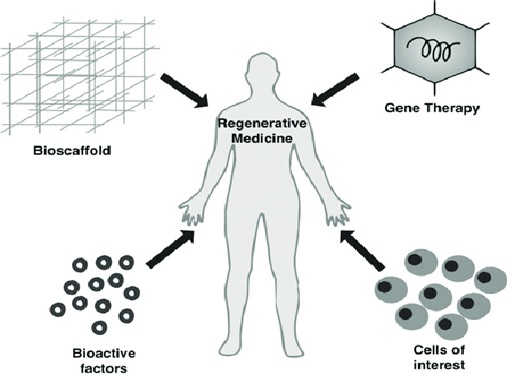The Genetic Screening and Testing
Genetic screening involves looking at a person's DNA to determine if he or she has any genetic indicators of disease. It may be motivated by the individual’s desire to rule out a potential [1] future problem in his or her own life or in any present children or future children. Some researchers also screen a broad spectrum of people to find potential for genetic disease in large populations.

Figure 1: Genetic Screening and Testing
Genetic testing is a type of medical test that identifies changes in genes, chromosomes, or proteins. The results of a genetic test can confirm or rule out a suspected genetic condition or help determine a person’s chance [2] of developing or passing on a genetic disorder. More than 77,000 genetic tests are currently in use, and others are being developed.
Genetic screening tests are generally used in people who do not have signs or symptoms of a disorder. These tests estimate whether an individual’s risk of having a certain condition is increased or decreased compared with the risk in other people in a similar population. A positive result means that a person’s risk of [3] developing the condition is higher than average. A negative screening test means that a person’s risk is lower than average. However, having a positive screening result does not mean the individual has the condition.
Genetic diagnostic tests are often used in people who have signs and symptoms. These tests are used to confirm or rule out suspected genetic conditions. Diagnostic tests can also help inform a person’s chance of developing a genetic condition or of passing on a genetic condition to their children. Diagnostic testing can be performed before birth or at any time during a person's life, but it is not available for all genes or all genetic conditions. The results of a diagnostic test can be used to guide a person's choices about health care and the management of the disorder.
Newborn screening
Newborn screening is used just after birth to identify genetic disorders that can be treated early in life. Millions of babies are [4] tested each year in the United States. The U.S. Health Services and Resource Administration recommends that states screen for a set of 35 conditions, which many states exceed.
Diagnostic testing
Diagnostic testing is used to identify or rule out a specific genetic or chromosomal condition. In many cases, genetic testing is used to confirm a diagnosis when a particular condition is suspected based on physical signs and symptoms. Diagnostic testing can be performed before birth or at any time during a person's life, but is not available for all genes or all genetic conditions. The results of a diagnostic test can influence a person's choices about health care and the management of the disorder.
Carrier testing
Carrier testing is used to identify people who carry one copy of a gene mutation that, when present in two copies, causes a genetic disorder. This type of testing is offered to individuals who have a family history of a genetic disorder and to people in certain ethnic groups with an increased risk of specific genetic conditions. If both parents are tested, the test can provide information about a couple's risk of having a child with a genetic condition.
Prenatal testing
Prenatal testing is used to detect changes in a fetus's genes or chromosomes before birth. This type of testing is offered during pregnancy if there is an increased risk that the baby will have a genetic or chromosomal disorder. In some cases, prenatal testing can lessen a couple's uncertainty or help them make decisions about a pregnancy. It cannot identify all possible inherited disorders and birth defects, however.
References:
- https://www.thehealthboard.com/what-is-genetic-screening.htm
- https://medlineplus.gov/genetics/understanding/testing/genetictesting/
- https://medlineplus.gov/genetics/understanding/testing/differenttests/
- https://medlineplus.gov/genetics/understanding/testing/uses/
Cite this article:
S. Nandhinidwaraka (2021) The Genetic Screening and Testing, AnaTechMaz, pp. 24















